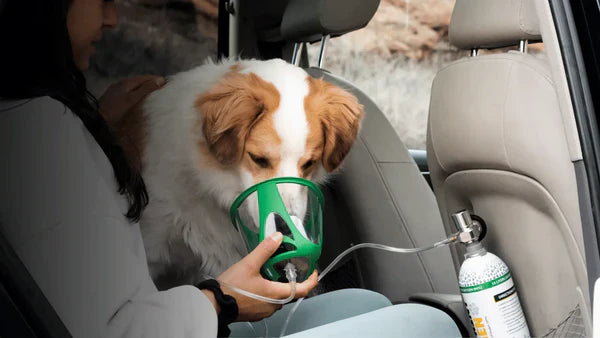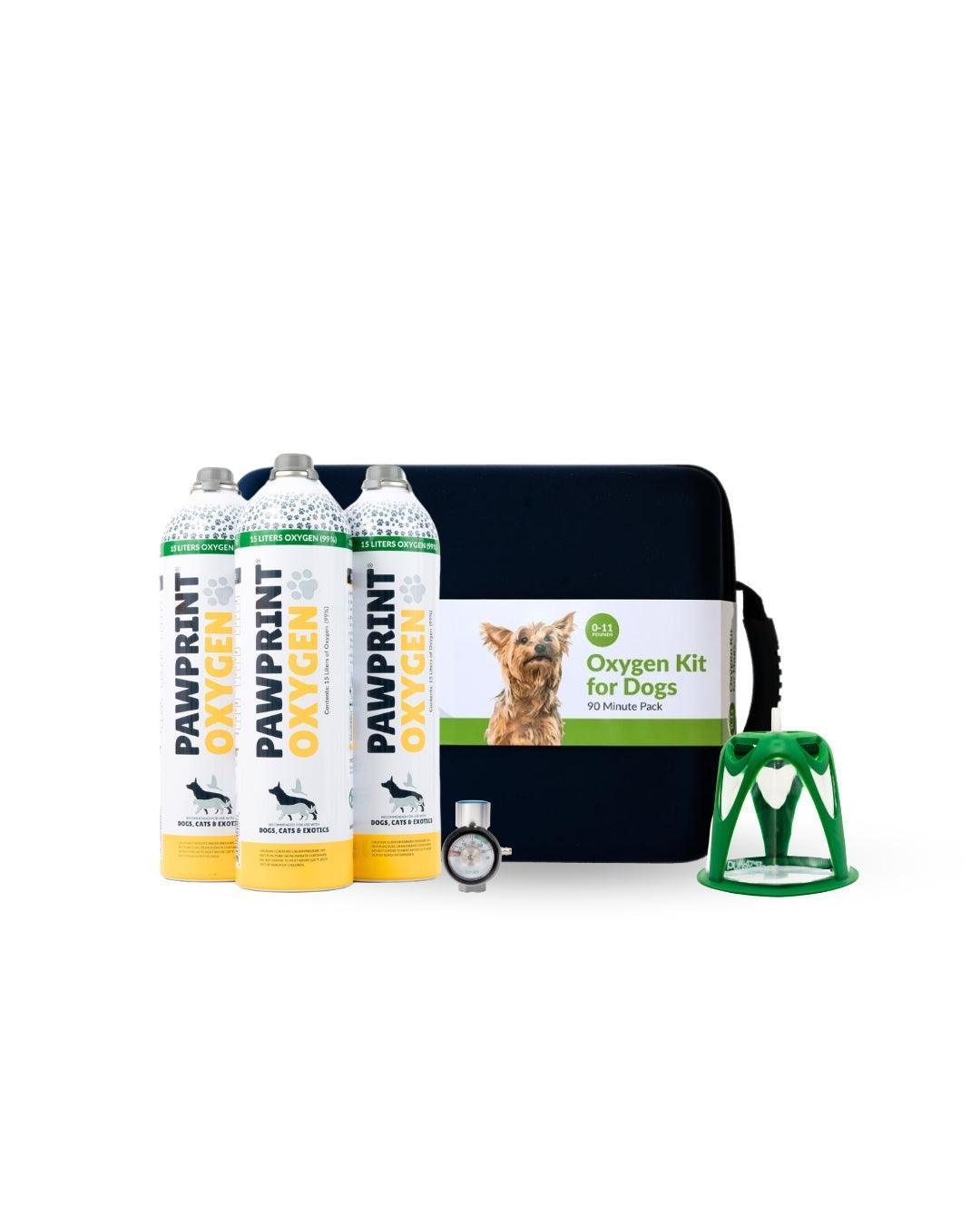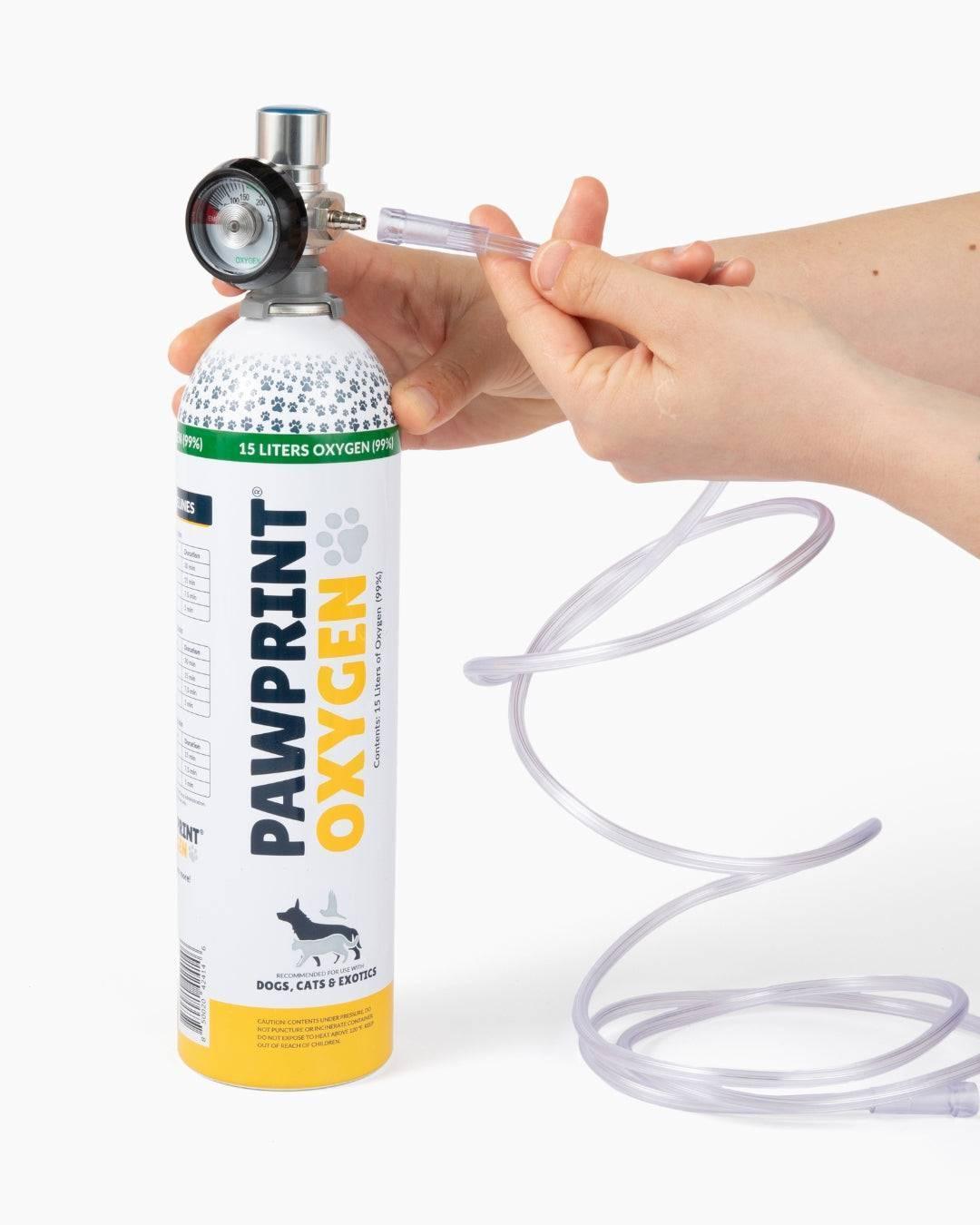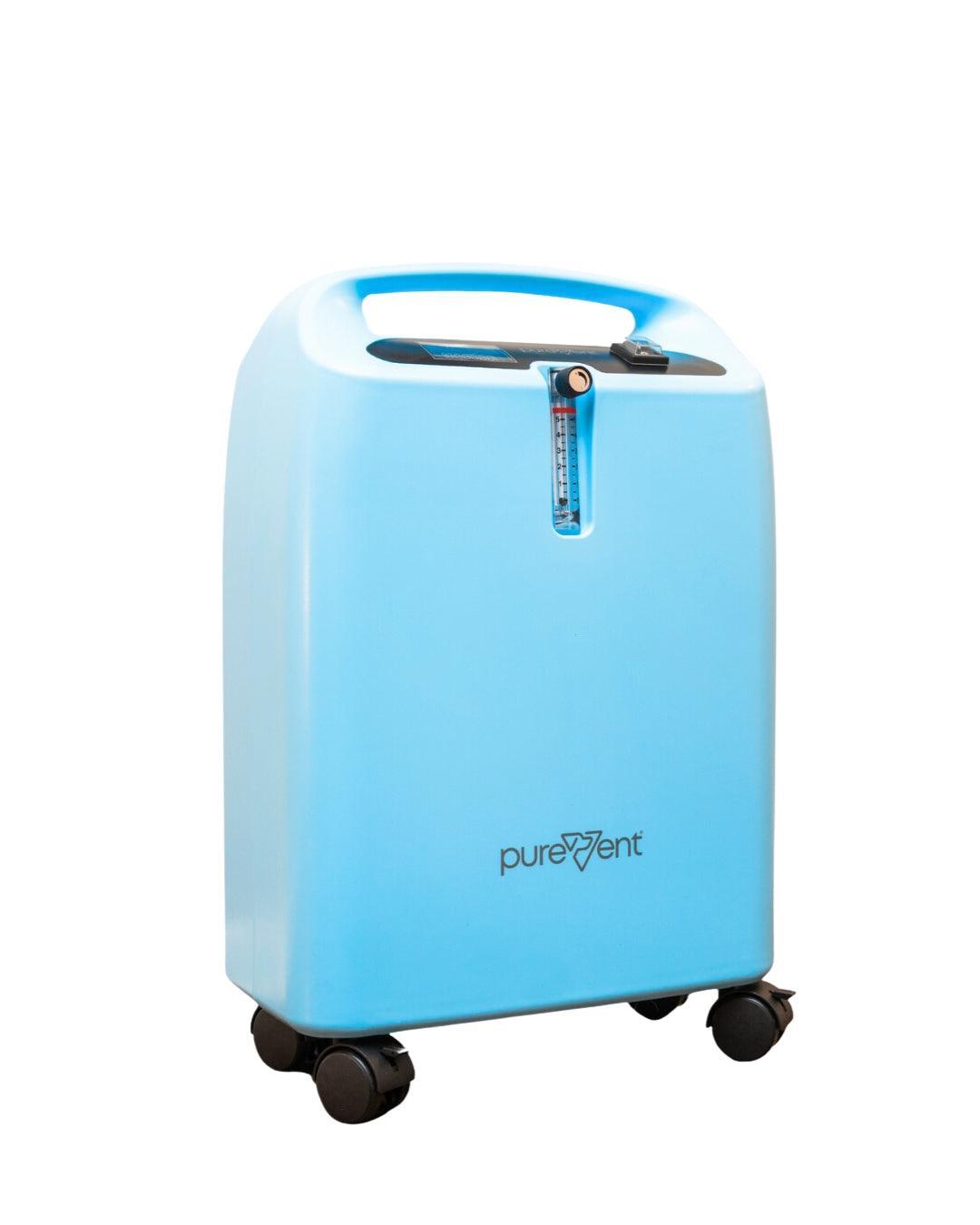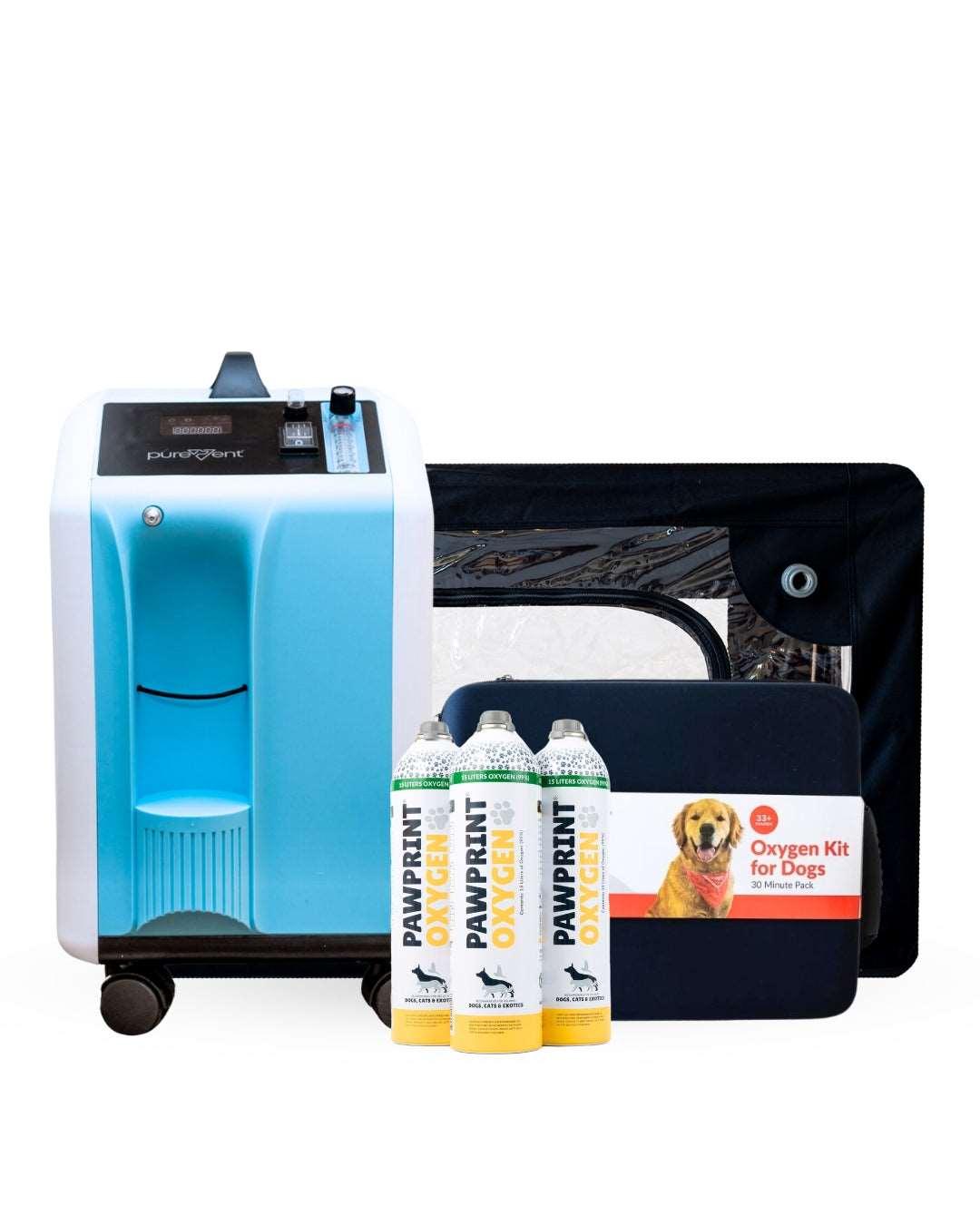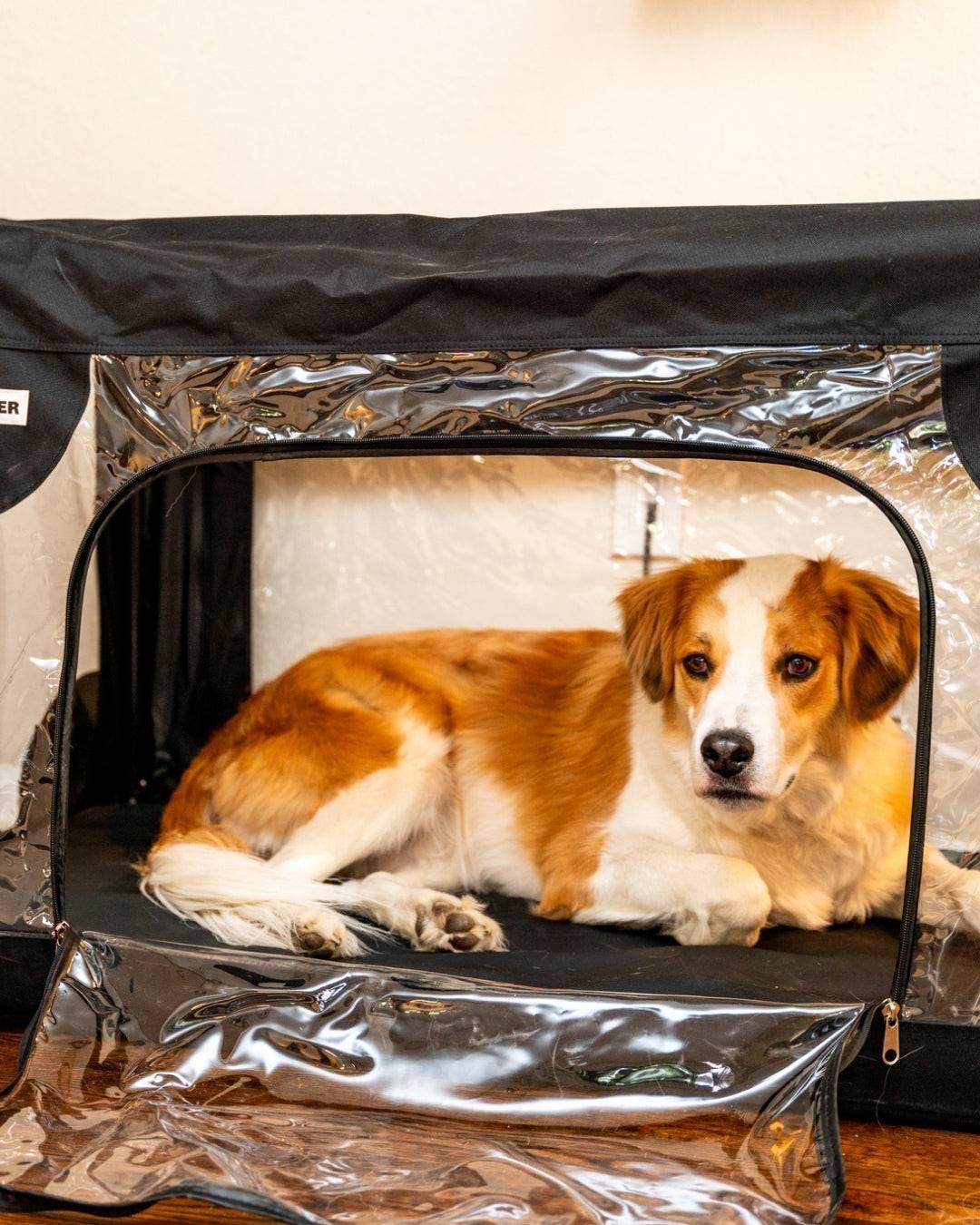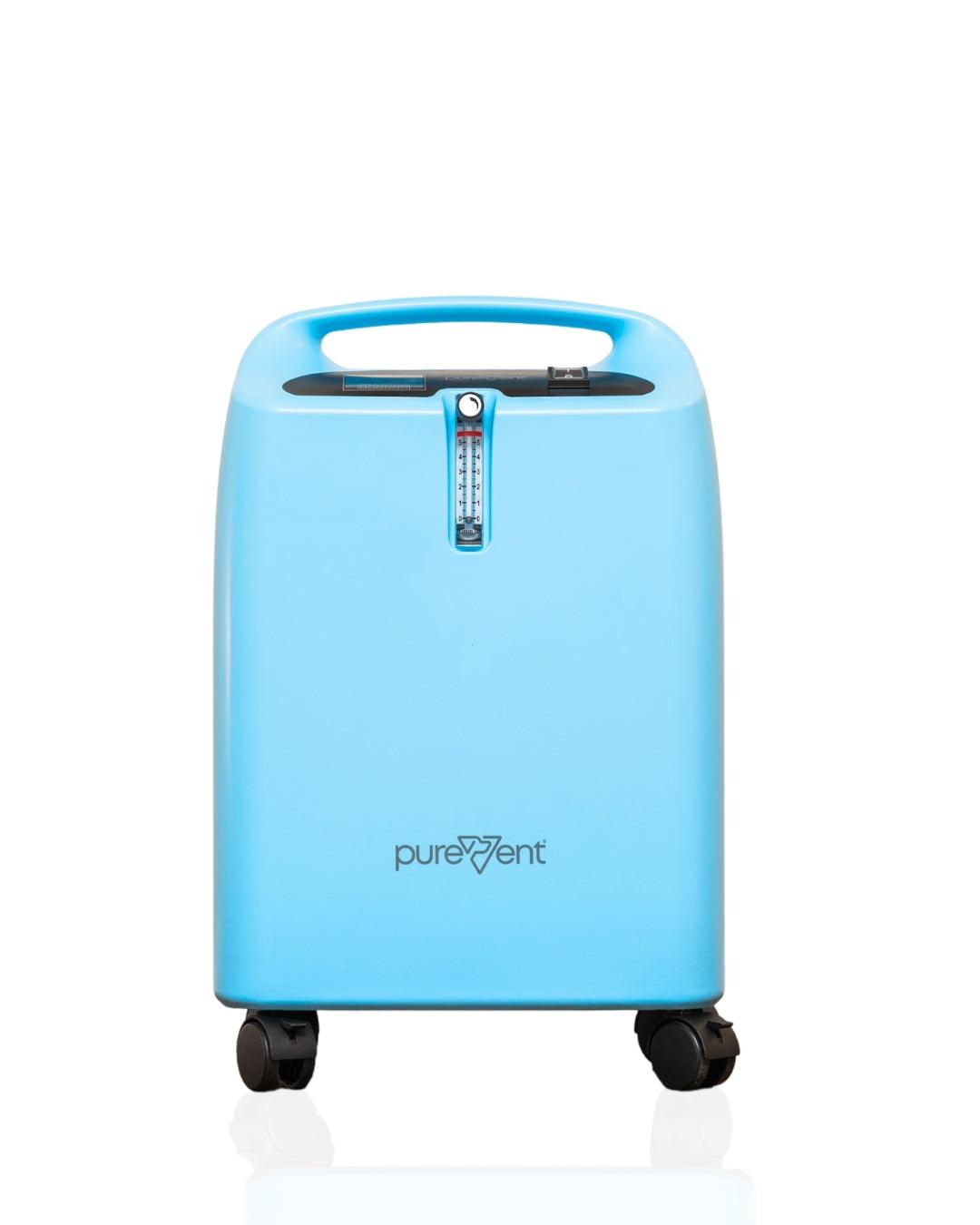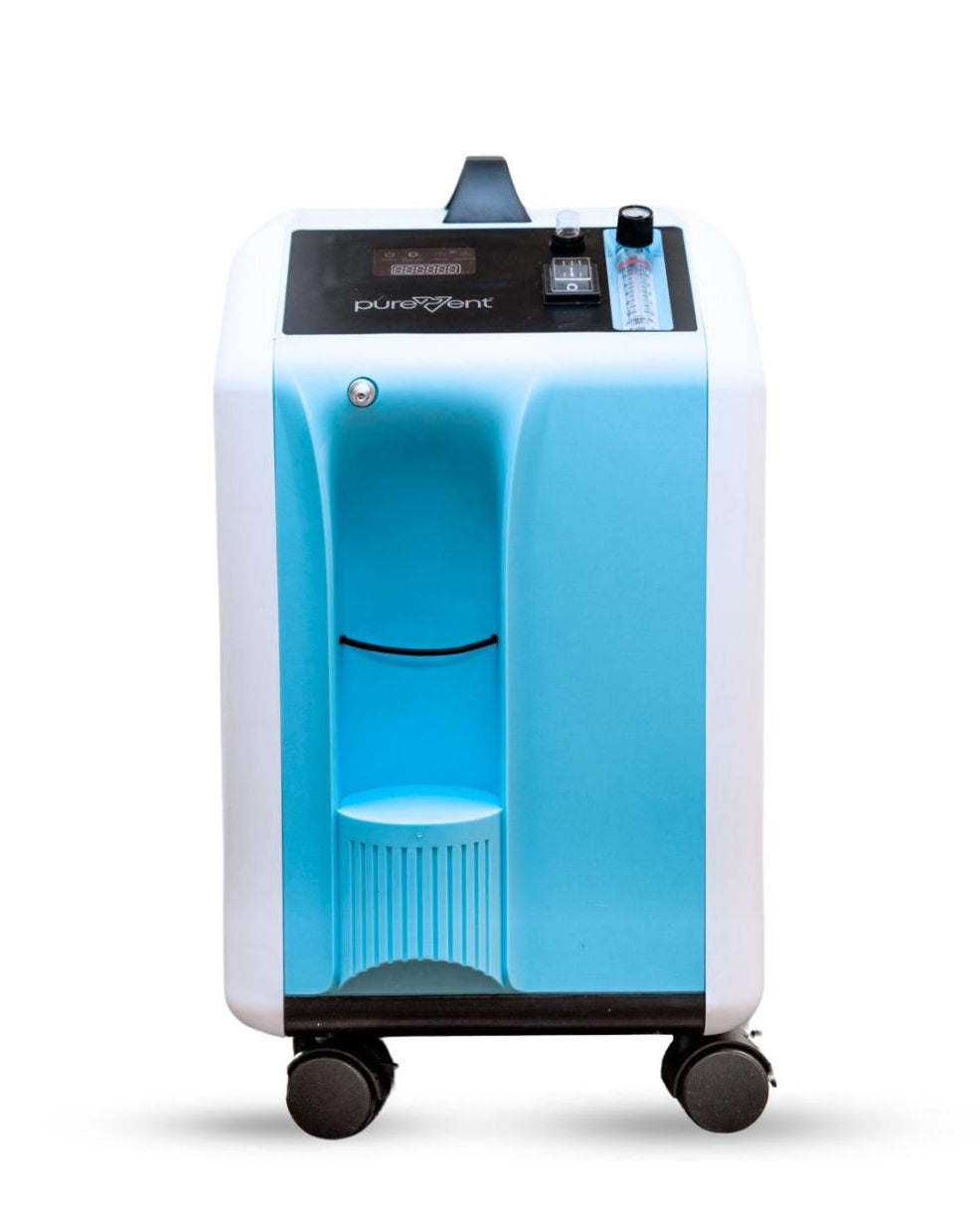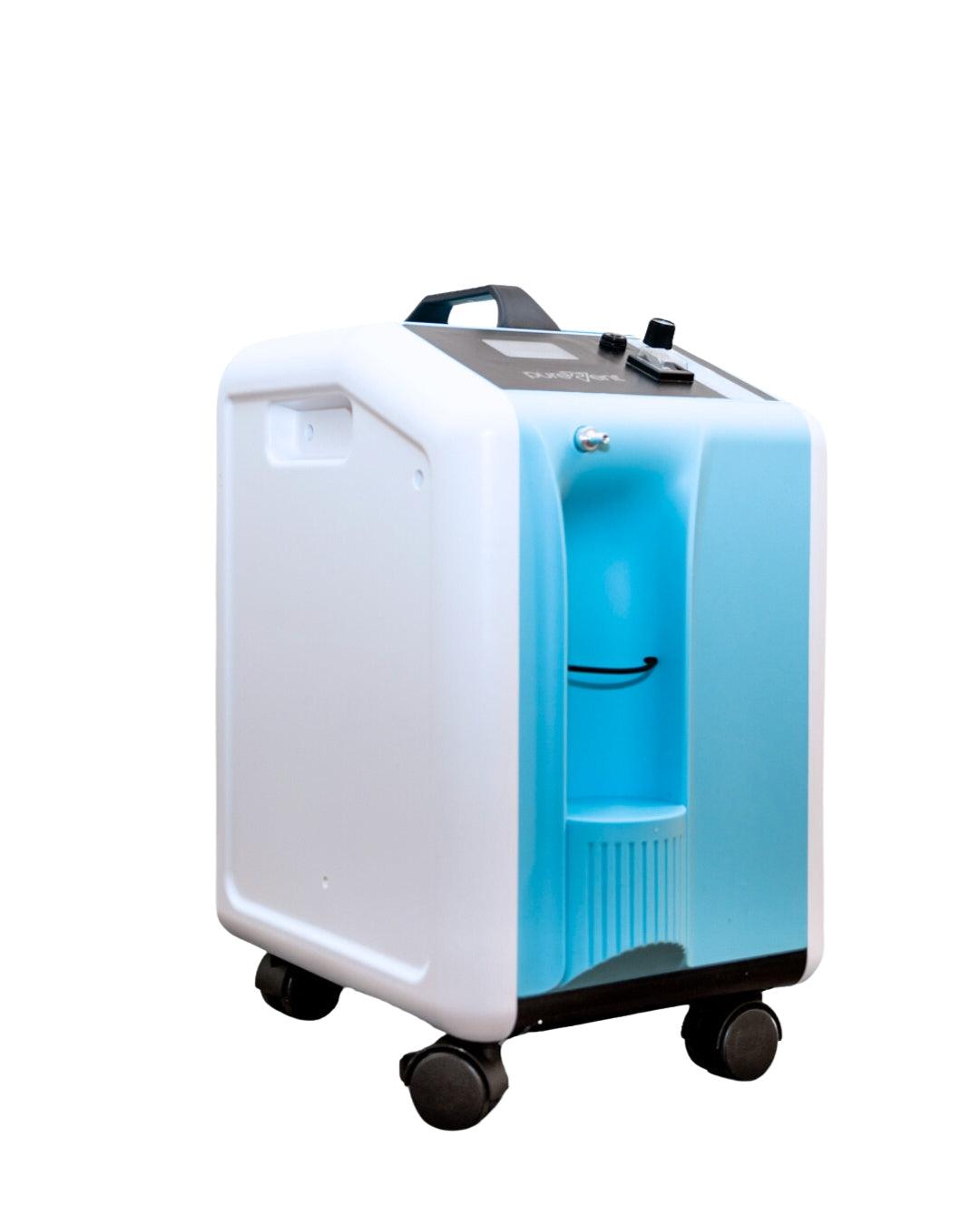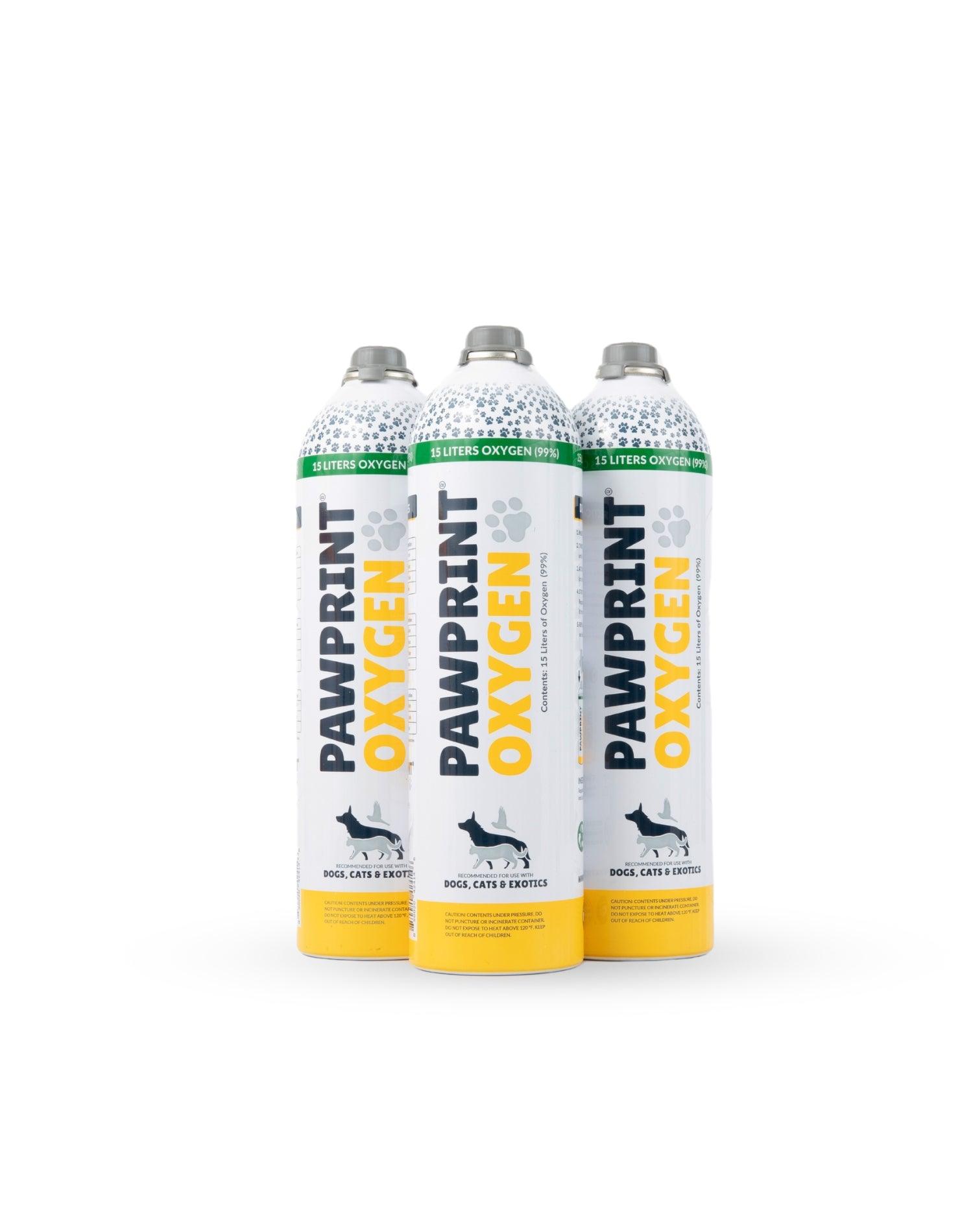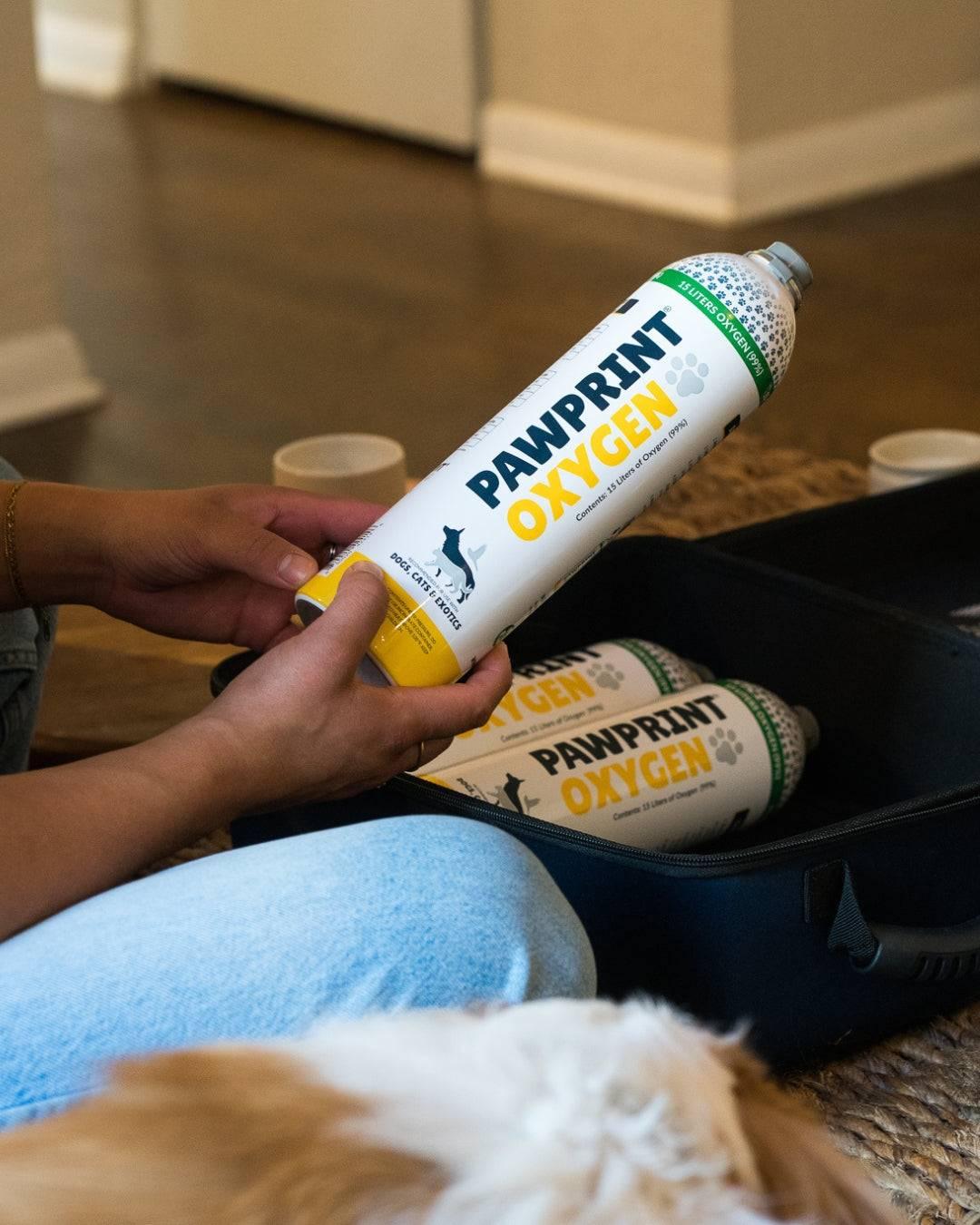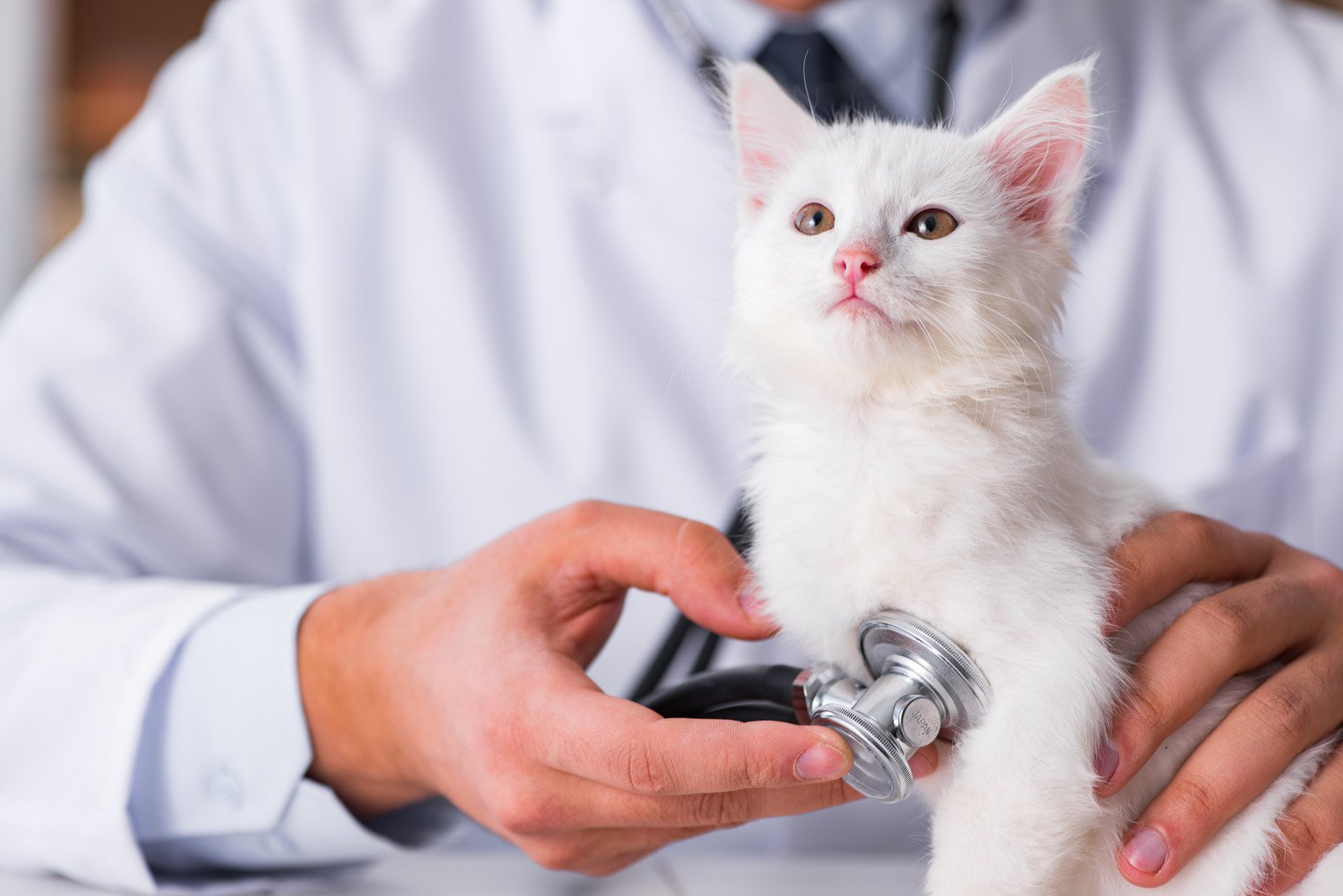A pet emergency can happen without warning, making preparation essential to protect your pet’s health. By knowing the types of emergencies, creating a clear action plan, and keeping a stocked pet emergency kit, including a portable oxygen kit, you can respond quickly and effectively. Regular practice with emergency tools, routine veterinary care, and staying calm under pressure all help improve your pet’s chances of recovery. Taking these proactive steps ensures you’re ready to act when every second counts.
A pet emergency can happen when you least expect them, whether it’s a sudden illness, injury, or an unexpected change in their health. In these critical moments, every second counts, and being prepared can make all the difference in your pet’s outcome. Having a plan, the right tools, and the knowledge to act quickly can help you stay calm and give your pet the best possible chance at a full recovery.
Understand the Types of Pet Emergencies
Pet emergencies come in many forms, and knowing what to look for can help you respond quickly and appropriately. Respiratory issues like asthma attacks, allergic reactions, pneumonia, or congestive heart failure flare-ups require immediate attention, as do traumatic injuries from car accidents, falls, or animal bites. Severe illnesses such as seizures, heatstroke, or poisoning can escalate rapidly, while stress-related events like travel anxiety or post-surgery complications may also require urgent care. Recognizing these situations early can be the first step in protecting your pet’s life.
HemoSEAL Critical Pet Wound Spray
2.8oz (97 grams), Single-use
Be prepared to stop bleeding in seconds with this easy-to-use spray! Just point and spray on the wound to treat bleeding resulting from punctures, trauma, nail clipping, and more.
Made from dry chitosan powder, HemoSEAL Critical Wound Care Spray forms a physical barrier to stop the flow of blood without pain or gluing to fur. HemoSEAL is the first line of defense to help your pet by controlling blood loss.
Ideal for use by pet owners, veterinarians, farmers, hunters, and first responders
Create an Emergency Plan
Having a clear emergency plan in place can save valuable time when your pet needs urgent care. Keep all essential information in an easy-to-access location and make sure everyone in your household knows what to do.
A solid plan for a pet emergency should include:
- Your veterinarian’s and nearest emergency clinic’s contact information
- A backup plan for after-hours emergencies
- The fastest route to your emergency vet
- Assigned roles for each family member (e.g., calling the vet, handling the pet, preparing transport)
With these steps in place, you can act quickly and confidently when every second matters.
Build a Pet Emergency Kit
A well-stocked pet emergency kit ensures you have the tools you need to act quickly and effectively in a crisis. Keep it in an easy-to-grab location and check it regularly to replace expired or used items. Your kit should include:
Basic supplies:
- Soft muzzle for safe handling
- Pet first-aid manual
- Bandages, gauze, adhesive tape
- HemoSeal Pet Wound Spray
- Digital thermometer and lubricant
- Tweezers and scissors
- Saline eye wash and antiseptic wipes
- Emergency blanket
Important paperwork:
- Vaccination records
- Medical history
- Current medications and dosages
Having these essentials on hand can help stabilize your pet until you reach professional veterinary care.
Include a Portable Oxygen Kit
A portable oxygen kit can be a crucial tool during certain pet emergencies, especially those involving breathing difficulties or trauma. It provides rapid relief, helps stabilize your pet, and reduces stress on the heart and lungs during transport to the vet. When choosing and using a kit, keep these points in mind:
Why it’s important:
- Offers immediate support for respiratory distress from heart failure, asthma, smoke inhalation, or pneumonia
- Helps stabilize pets during trauma or shock
- Eases strain on the heart and lungs while traveling to the vet
What to look for:
- Low-pressure, medical-grade oxygen canisters
- Adjustable flow rate for your pet’s species and weight
- Animal-specific oxygen mask
When to use:
- Difficulty breathing, severe coughing, blue or pale gums
- Collapse, heatstroke, or after trauma
Having this tool ready can make the difference between stabilization and deterioration before you reach veterinary care.
How often should I update my emergency plan and supplies?
You should review and update your pet emergency plan and supplies at least once a year, or sooner if your pet’s health, medications, or living situation changes. Check expiration dates on items like medications, wound sprays, and first-aid supplies, and replace anything used or outdated. It’s also a good idea to confirm your emergency vet’s contact information and after-hours availability regularly.
What kinds of emergencies should I prepare for with my pet?
Pet owners should be prepared for a variety of emergencies, including respiratory distress, trauma, severe illness, and stress-related health events. This can range from asthma attacks, allergic reactions, or congestive heart failure flare-ups to injuries from accidents, seizures, heatstroke, or poisoning. Even less obvious situations, like travel anxiety or post-surgery complications, can require urgent attention, so it’s important to be ready for both sudden and gradual health crises.
What first aid skills should I learn for my pet?
Pet owners should learn basic first aid skills such as controlling bleeding, performing CPR, and recognizing signs of shock or respiratory distress. Knowing how to safely handle and restrain your pet, check vital signs, and clean and bandage wounds can make a big difference before reaching a vet. Familiarity with using tools like a muzzle, digital thermometer, and portable oxygen kit can also help you respond effectively in an emergency.
Practice Using Your Emergency Tools
Practicing with your emergency tools before you need them for a pet emergency ensures you can act quickly and confidently when every second counts. Learn how to operate your portable oxygen kit, and take time to familiarize yourself with basic pet first aid techniques. It’s also helpful to practice calmly and efficiently loading your pet into their carrier or vehicle so you’re prepared for a real emergency.
Love having oxygen available for our senior pup. It really helps him during syncope attacks.
Keep Your Pet Healthy to Lower Risk
Keeping your pet healthy is one of the best ways to reduce the risk of a pet emergency. Schedule regular veterinary check-ups and stay current on vaccinations, parasite prevention, and dental care. Maintaining a healthy weight and balanced diet also supports heart and respiratory health, helping your pet stay strong and resilient.

Stay Calm and Act Quickly During a Pet Emergency
During a pet emergency, your pet will look to you for reassurance, so staying calm can help keep their stress levels down. Act quickly but with steady movements, and contact your veterinarian while in route to let them know you’re coming. This allows the clinic to prepare for your arrival and begin treatment immediately.
Be Prepared for a Pet Emergency
Being prepared for a pet emergency can make all the difference when every second matters. Having a clear plan, essential supplies, and tools like a portable oxygen kit ensures you can respond quickly and effectively. By taking proactive steps now, you’ll be ready to face the unexpected and give your pet the best possible chance for a safe and speedy recovery.

